DMZ Wildlife Sanctuary
althea_gw
18 years ago
Related Stories
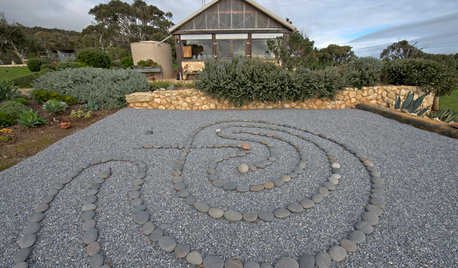
STUDIOS AND WORKSHOPSStep Inside a Stunning Nature-Inspired Sanctuary in South Australia
An Aussie artist lets the natural coastal landscape dictate the design of her creative retreat
Full Story
GARDENING FOR BIRDSWild Birds Transform a Woman’s Garden and Life
How Sharon Sorenson created a wildlife haven and became the Bird Lady of Southern Indiana
Full Story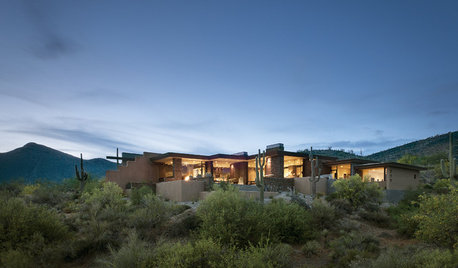
HOUZZ TOURSHouzz Tour: A Desert Stunner Highlights Nature
Careful siting of this contemporary Arizona home keeps sublime views, wildlife and outdoor living at the forefront
Full Story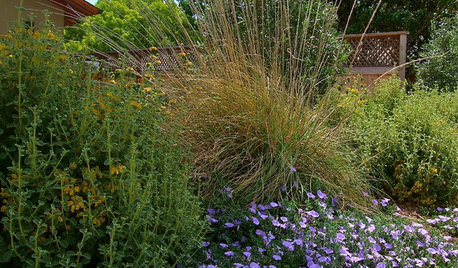
GRASSESGreat Design Plant: Deer Grass
Give wildlife a snack and give yourself a break — this food-source grass is easygoing in many climates and conditions
Full Story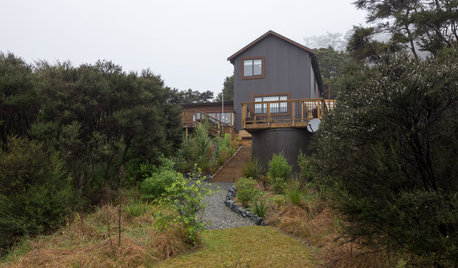
HOMES AROUND THE WORLDMy Houzz: A Peaceful Retreat Perched in the Wilderness
A couple of chocolatiers find a secluded sanctuary in New Zealand to build the home of their dreams
Full Story
ECLECTIC HOMESMy Houzz: A Deconstructed Saltbox in the Hamptons
Modern sensibility meets farmhouse style, with a Chinese piece here and there, in a home near a New York nature sanctuary
Full Story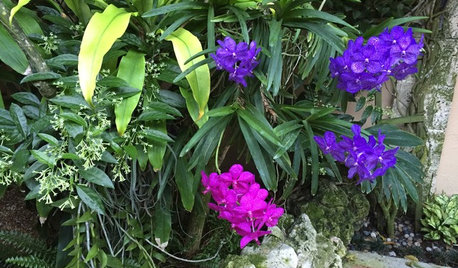
INSPIRING GARDENSThe Garden That Orchids Built
The owners of a famous orchid nursery create a sanctuary for themselves in South Florida
Full Story
GARDENING GUIDESGreat Garden Combo: 3 Wonderful Plants for a Deer-Resistant Screen
Protect your privacy and keep deer at bay with a planting trio that turns a problem garden area into a highlight
Full Story
BEFORE AND AFTERSSee 6 Yards Transformed by Losing Their Lawns
Wondering whether a turf lawn is the best use of your outdoor space? These homeowners did, and they found creative alternatives
Full Story
ECLECTIC HOMESMy Houzz: Home Weaves a Tapestry of Color and Texture
Crafts, collectibles and souvenirs add a playful vibe to a light-filled home in the hills of Victoria, Australia
Full Story


marshallz10
althea_gwOriginal Author
Related Discussions
New Arbor Bird Sanctuary
Q
Do you plan for wildlife in your garden?
Q
Hummer at Tucker Wildlife Sanctuary
Q
Wild flowers at Norcross Wildlife Sanctuary
Q
kingturtle